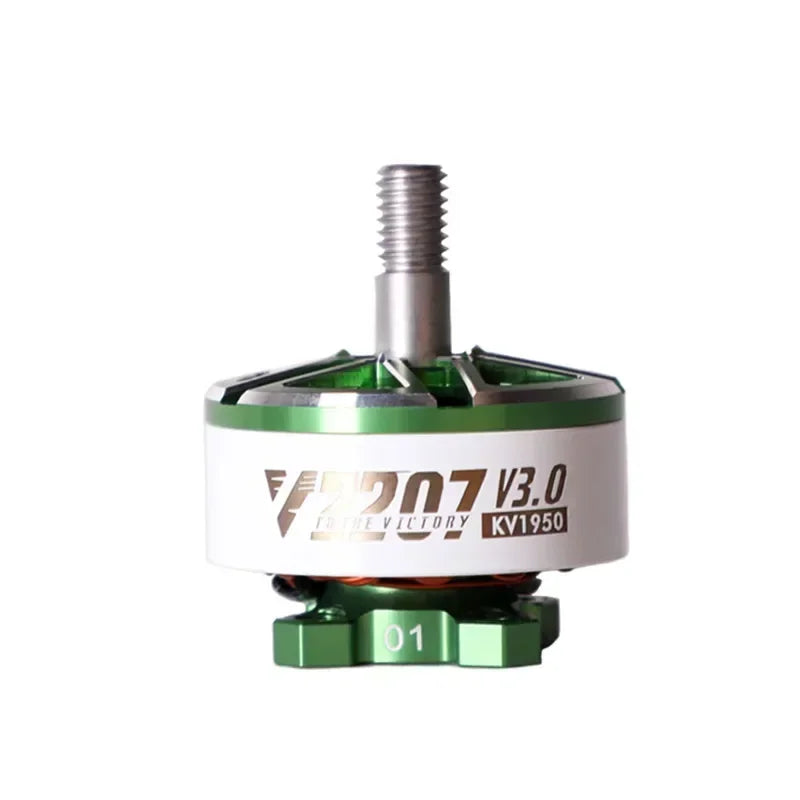Drone Building: A Comprehensive Guide for Beginners and Enthusiasts
Drone Building: A Comprehensive Guide for Beginners and Enthusiasts
Building your own drone can be a rewarding and educational experience, blending engineering, programming, and hands-on construction. Whether you're a seasoned engineer or a curious beginner, this guide will equip you with the knowledge and steps to build your own drone.
Why Build Your Own Drone?
The advantages of building your own drone are numerous:
- Customization: Tailor your drone to your specific needs and preferences, choosing components that optimize performance for your intended use (photography, racing, etc.).
- Cost Savings (Potentially): While initial investment can be significant, building your own drone can be cheaper in the long run than buying a pre-built drone with comparable specifications.
- Educational Value: Gain a deep understanding of drone technology, from mechanics and electronics to flight controllers and programming.
- Troubleshooting Skills: Learn to diagnose and fix problems, a valuable skill when dealing with complex machinery.
Essential Components of a Drone
Before diving into the building process, let's explore the key components you'll need:
- Frame: The structure of your drone, often made of carbon fiber, aluminum, or plastic. Consider the frame's size, weight, and durability based on your drone's intended use.
- Motors: These provide the thrust for flight. Choosing the right motors depends on factors such as payload capacity, desired flight time, and propeller size. Brushless motors are generally preferred for their efficiency and longevity.
- Electronic Speed Controllers (ESCs): These regulate the speed of the motors, ensuring smooth and controlled flight. They translate signals from the flight controller into power for the motors.
- Propellers: These generate thrust, and their size and pitch impact flight characteristics. Different propellers are optimized for various flight styles and payloads.
- Flight Controller: The brain of your drone, responsible for processing data from various sensors and controlling the motors to maintain stability and execute flight commands. Popular options include Pixhawk and Ardupilot.
- Battery: Provides power to all components. The battery's capacity determines the flight time, and the choice depends on your drone's weight and power requirements. Lithium Polymer (LiPo) batteries are commonly used.
- Radio Transmitter and Receiver: Allows you to control the drone remotely. The transmitter sends signals, and the receiver on the drone interprets these signals to control its movements.
- GPS Module (Optional): Enables precise positioning and autonomous flight capabilities.
- Camera and Gimbal (Optional): For aerial photography and videography. A gimbal is crucial for stabilizing the camera during flight.
Step-by-Step Drone Building Process
The building process typically involves these steps:
- Choosing Your Drone Type: Decide on the type of drone you want to build (quadcopter, hexcopter, etc.).
- Gathering Components: Source all the necessary components, ensuring compatibility between different parts. Online retailers are a popular choice for sourcing drone components.
- Assembling the Frame: Carefully assemble the frame according to the manufacturer's instructions. This may involve attaching motor mounts, battery straps, and other structural components.
- Connecting ESCs to Motors: Connect the ESCs to the motors, ensuring proper wiring and polarity. This step often requires soldering.
- Installing the Flight Controller: Mount the flight controller securely to the frame and connect it to the ESCs, motors, and other sensors.
- Connecting the Receiver: Connect the receiver to the flight controller, allowing for remote control.
- Configuring the Flight Controller: Use software such as Mission Planner to configure the flight controller, setting up parameters for the specific components and calibrating the sensors.
- Testing and Calibration: Thoroughly test the drone's functionality, calibrating the ESCs and performing pre-flight checks.
- First Flight: Perform your first test flight in a safe and open area, gradually increasing altitude and complexity.
Safety Precautions
Drone building and flying involve inherent risks. Always prioritize safety:
- Work in a well-lit and organized area.
- Use appropriate safety gear, such as safety glasses.
- Always follow manufacturer instructions carefully.
- Test in a safe and open area, away from people and obstacles.
- Always be mindful of local drone regulations.
Conclusion
Building your own drone is a challenging yet highly rewarding endeavor. With careful planning, attention to detail, and a passion for technology, you can create a customized drone that meets your specific needs. Remember to prioritize safety and enjoy the process of learning and creating!







